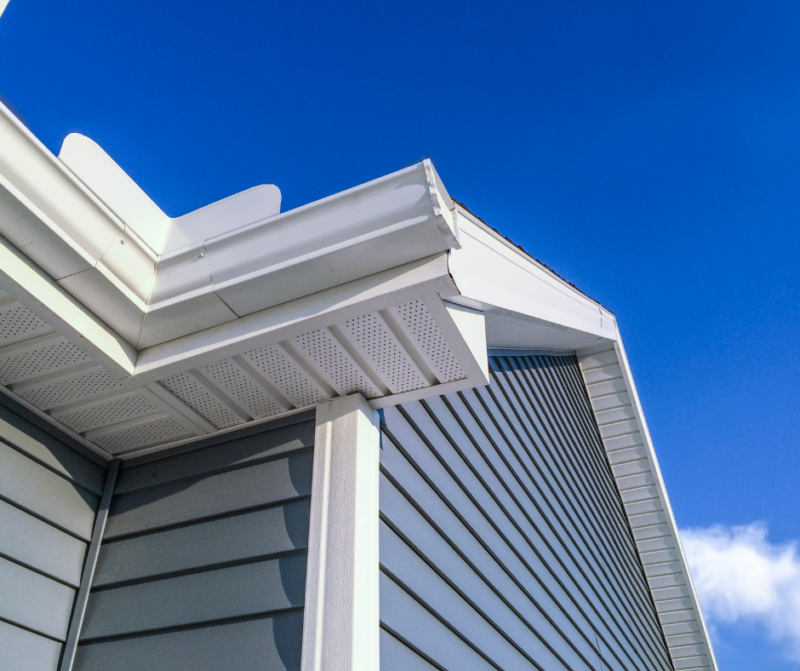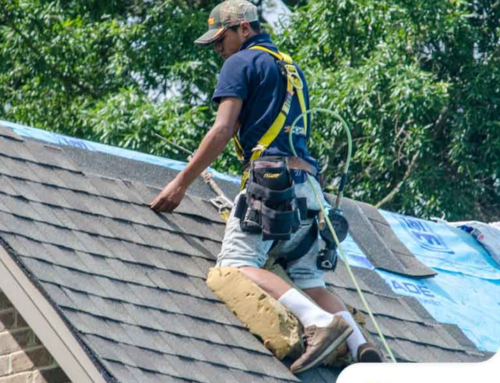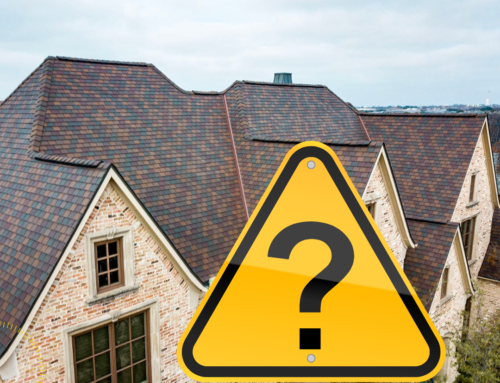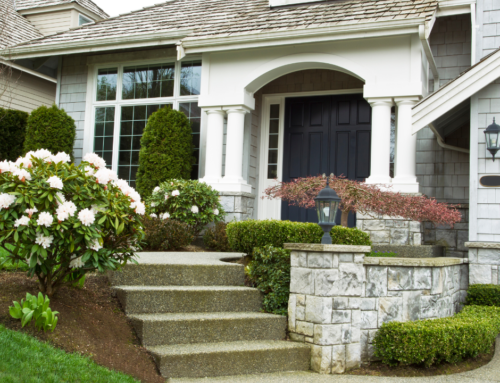G utters Really Can Be Beautiful
utters Really Can Be Beautiful
Gutters and downspouts are not just a necessary part of a home’s weatherproofing. They can also set the tone for your exterior design. Gutters collect the water, while downspouts divert water away from your home’s foundation, reducing the risk of flooding, leaks, mold and erosion.
All gutters serve the same functional purpose but that does not mean they have to look the same. They come in a vast array of styles, colors, shapes and constructions so you can customize your curb appeal. Gutters also come in many materials. Bobvilla.com offers Types of Gutters to Consider for Your Home.
Consider the look of your home, your budget, and how much maintenance you are willing to do and commit to performing or paying others to do to determine what is right for you. Here is an overview of the most common gutter materials:
- Aluminum: This is the most common gutter material. It is rust-proof and easy to install. You can even paint aluminum gutters to match your house.
- Vinyl: Vinyl is the most affordable gutter material, but the lightweight material is also prone to fading and cracking.
- Zinc: This durable metal requires professional installation, but its long lifespan and mottled patina make it an attractive option.
- Steel: Coming in galvanized or stainless options, steel is a heavy-duty gutter material that also requires professional installation.
- Copper: One of the most expensive gutter materials, copper is increasingly popular because of its long lifespan.
Now that we have overviewed possible materials, let’s take a look at the different style and architectural aesthetics gutters can provide. Thespruce.com offers additional insight with The Best Types of Gutters for Your Home.
Give Your Home Crown Molding with K-Style Gutters
One of the most common styles for homes built within the past 50 years is the K-style gutter. These distinctive gutters have a decorative edge that resembles crown molding for a polished look. The added curves carry more water than their half-round counterparts. K-style gutters have a flat back panel, which sits flush with your roof’s fascia board for a secure fit.
 Embrace Your Curves with Half-Round Gutters
Embrace Your Curves with Half-Round Gutters
Half-round gutters have a shallow trough shape. Homes built before the 1960s typically have half-round gutters. This style is more prone to clogging than the modern K-style. They come in multiple looks, including single-bead, double-bead and reverse-bead. You can customize your look even more by adding decorative supporting brackets.
Hide in Plain Sight with Fascia Gutters
Fascia gutters are built into the fascia — the board covering the ends of your roof’s rafters. These gutters lie beneath the roofline for an uncluttered look. Keep in mind that adding fascia gutters to your home can be costly unless you install them during the home-building phase so this may be a drawback.
Maximize Old-World Charm with Victorian Ogee Gutters
Give your home traditional flair with Victorian Ogee gutters. Also called Old Gothic, these gutters resemble the cast-iron gutters of 19th Century homes. The traditional construction is relatively shallow, so this style is not well suited for regions with intense rainfall.
Elevate with European-Style Gutters
European-style gutters are a specific variation of half-round gutters. These gutters have an outside bead (or curled lip) with a visible exterior bracket and are the most ornamental gutter style. They are generally made of strong, long-lasting materials like copper.
Practical features like leaf guards and downspouts can still be an attractive component of your gutters when added to an elevated design concept. They can match y our gutter system or even be painted to match your home.
Dynasty Restoration is here to give you the gutter with the style you want and substance you need.
Call (402) 932-6419 or complete our online request form.




